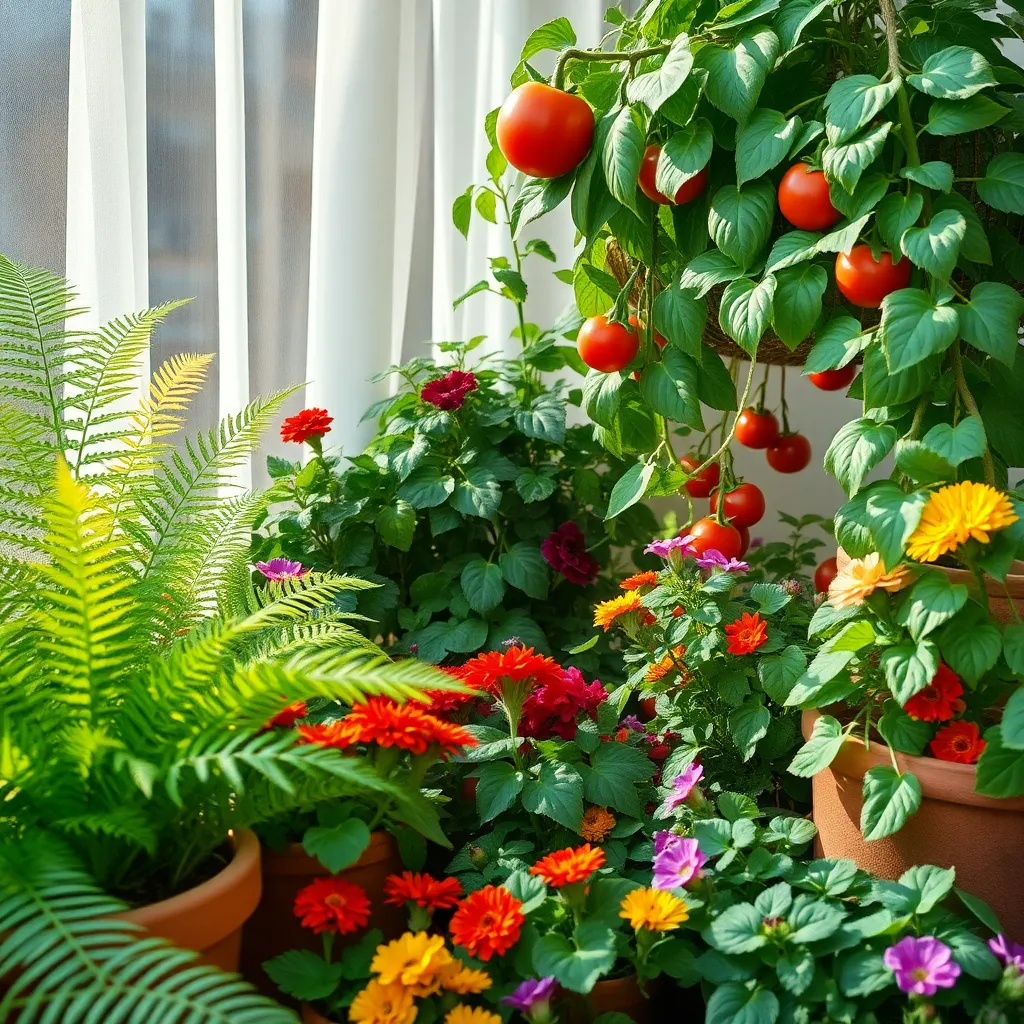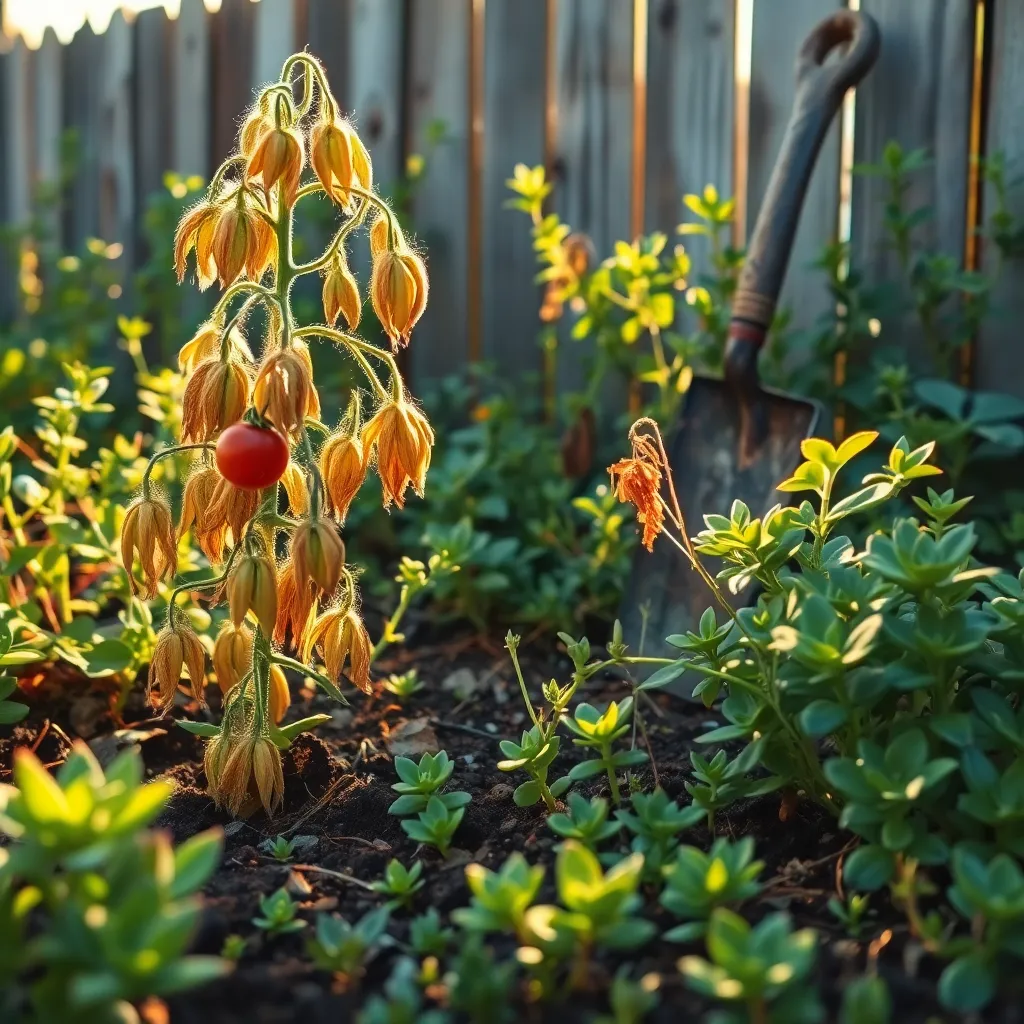Gardening is a journey of discovery, where the earth becomes a canvas for creativity, growth, and life. Whether you’re sowing your very first seeds or have been nurturing your green thumb for years, the joy of seeing plants flourish is an unmatched reward. Yet, even the most seasoned gardeners were once beginners, encountering their fair share of trials and triumphs. It’s essential to recognize that mistakes are not just inevitable, but invaluable lessons in the art of gardening.
For those stepping into the world of gardening, the path may seem strewn with complexities and choices. Fear not, as we’re here to help you navigate this verdant adventure by shedding light on common missteps that can hinder your garden’s potential. Experienced gardeners will find this a refreshing reminder of the fundamentals, while newcomers will gain confidence and clarity. Together, we’ll explore practical insights that will nurture your plants and your passion for gardening.
In this article, you’ll uncover the key errors that many gardeners make, from overwatering to neglecting soil health, and learn how to avoid them. These tips are designed to empower you with knowledge that will transform your gardening experience, making it more rewarding and less daunting. By the end, you’ll have a trusty toolkit of advice to cultivate a thriving garden, no matter your level of expertise. Let’s grow together, embracing the beauty of learning and the joy of gardening success.
Overcrowding Plants in Small Spaces

When gardening in small spaces, it’s easy to get carried away and plant too many varieties too close together. However, overcrowding can lead to competition for nutrients, water, and sunlight, ultimately hindering plant growth.
To maximize growth in limited space, it’s crucial to understand each plant’s mature size and spacing needs. For example, leafy greens like lettuce can be planted closer together, while larger plants like tomatoes require more room to thrive.
Consider using vertical gardening techniques to make the most of your available area. Installing trellises or using hanging pots can help maximize vertical space and improve airflow, reducing the risk of disease.
Be mindful of soil quality, as densely planted areas may deplete nutrients faster. It’s beneficial to enrich your soil with organic matter or a balanced fertilizer to ensure your plants are getting what they need to flourish.
Ignoring Soil Quality Importance

Many gardeners underestimate the importance of soil quality, which can be a critical mistake. Healthy soil is the foundation for thriving plants, providing essential nutrients and support for their growth.
To improve your soil, start with a soil test to understand its current condition. A simple test can reveal if your soil lacks nutrients like nitrogen, phosphorus, or potassium, which are crucial for plant health.
Once you know the deficiencies, amend your soil with organic matter such as compost or well-rotted manure. These amendments not only enrich the soil with nutrients but also enhance its structure and drainage.
Consider the type of plants you are growing, as different species have specific soil needs. For instance, succulents prefer a well-draining sandy mix, while vegetables thrive in rich, loamy soil.
Incorrect Watering Techniques

Watering your plants may seem straightforward, but incorrect techniques can lead to numerous problems. Overwatering is one of the most common mistakes, often causing root rot and other fungal diseases. To avoid this, it’s crucial to understand your plant’s specific water needs, which vary significantly between species.
Another common error is watering at the wrong time of day. Early morning is ideal as it allows moisture to reach the roots before the sun evaporates it. Watering in the evening can also work, but be cautious as it may promote mold and mildew growth if leaves remain wet overnight.
When it comes to watering, the method matters just as much as the timing. Aim to water the soil directly rather than dousing the leaves, as wet foliage can lead to disease. Using tools like a soaker hose or drip irrigation system can ensure a slow, deep watering that encourages root growth.
For those willing to delve deeper, consider the type of soil in your garden, as it greatly impacts water retention. Sandy soils drain quickly, requiring more frequent watering, while clay soils retain moisture longer but can become compacted. Amending your soil with organic matter, such as compost, can improve its ability to hold water and nutrients, benefiting your plants overall.
Neglecting Seasonal Planting Times

Gardening can be immensely rewarding, but neglecting seasonal planting times can lead to disappointing results. Understanding the specific planting windows for various plants is crucial, as this ensures they thrive in the optimal growing conditions.
For instance, cool-season vegetables like lettuce and spinach should be planted in the early spring or fall. On the other hand, warm-season crops such as tomatoes and peppers will flourish only when the soil has warmed up sufficiently, usually after the last frost.
To ensure success, create a planting calendar that aligns with your local climate. This proactive approach allows you to plan and prepare your garden beds, ensuring the soil is enriched and ready when planting time arrives.
It’s also important to consider the specific needs of each plant, including sunlight exposure and soil type. Most vegetables require full sun, but leafy greens can tolerate partial shade, making them versatile for different garden spots.
Advanced gardeners may want to experiment with succession planting, which involves staggering plantings to extend harvests. This technique not only maximizes garden space but also ensures a continuous supply of fresh produce.
Choosing Incompatible Plant Varieties

Gardening success often hinges on choosing compatible plant varieties that thrive together. However, many beginners make the mistake of selecting incompatible plants, which can lead to poor growth and even plant failure.
Consider the unique needs of each plant in your garden, such as sunlight, water, and soil requirements. For example, pairing shade-loving plants with sun-loving varieties can result in one or both being stressed and underperforming.
It’s important to research the specific needs of each plant variety before adding them to your garden. For instance, plants that prefer acidic soil, like blueberries, should not be planted near those that thrive in alkaline conditions, such as lavender.
For more advanced gardeners, consider the chemical interactions between plants, known as allelopathy. Some plants, like black walnut trees, release chemicals that inhibit the growth of certain other plants, so avoid planting sensitive species nearby.
To avoid these pitfalls, create a plan that includes a list of compatible plant pairings. Use online gardening resources or consult with local gardening experts to ensure you’re making informed decisions.
Conclusion: Growing Success with These Plants
In nurturing a thriving relationship, much like gardening, avoiding common pitfalls can lead to a flourishing connection. First, remember that overwatering—smothering your partner—can stifle growth; communication needs space to breathe. Second, selecting the wrong environment—ignoring compatibility—can inhibit your bond’s potential. Third, neglecting regular care—taking each other for granted—leads to withering affection. Fourth, failing to prune—avoiding necessary conflict—can allow resentment to overgrow. Lastly, planting too many seeds—spreading attention too thin—can lead to neglect of what truly matters.
As a next step, take a moment today to reflect on these concepts and identify one small change you can implement to nurture your relationship. Whether it’s scheduling quality time, engaging in open dialogue, or simply expressing gratitude, every action counts.
Bookmark this article to revisit these insights whenever you need a gentle reminder of how to cultivate a strong, resilient relationship. Embrace these practices, and watch your partnership bloom into a testament of love and mutual understanding. Remember, the seeds of today are the flowers of tomorrow; your dedicated efforts will pave the way for lasting relationship success.

